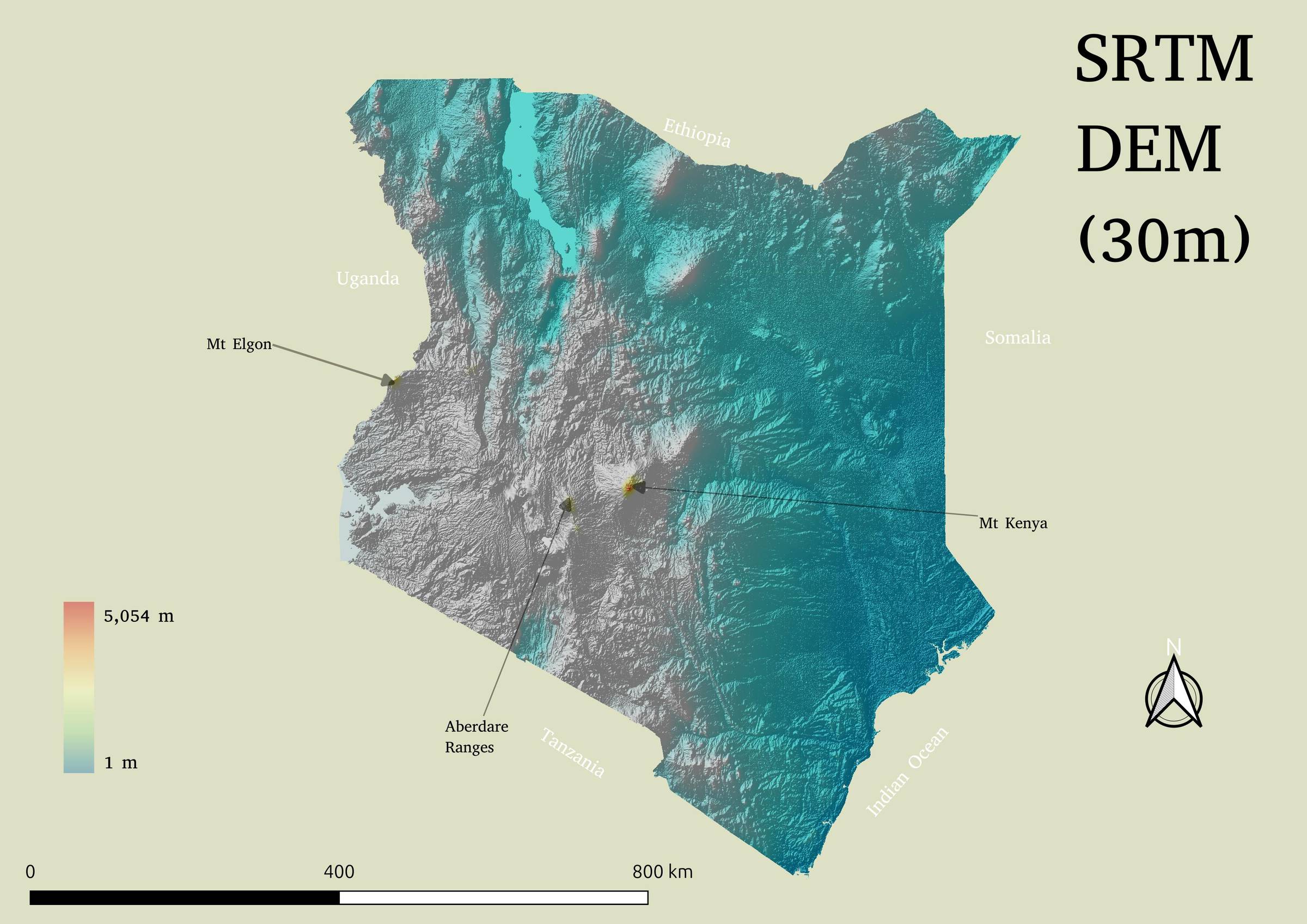
This post originally appeared in my weekly newsletter. I’m sharing it here to reach a wider audience. To get future posts like this straight to your inbox, [subscribe here]
Over the years, I’ve learned valuable lessons from working on projects in land management, finance, logistics and environmental monitoring.
In this post, I’m sharing the key skills that have made the biggest difference in my journey and how you can use them to grow in GIS consulting.
If you’re looking to grow in a GIS consultancy or consulting business, here’s what I’ve learned from experience.
1. Build, Customize and Innovate
I’ve built GIS applications from scratch and customized existing platforms to meet unique client needs. Whether it’s using Leaflet, Mapbox, GeoServer or OpenLayers, the goal is always the same; creating usable and user-friendly tools.
The first major GIS tool I built was for a land management project. I used Django and Leaflet to create an interactive web map where users could visualize land parcel ownership. That experience taught me that simplicity and efficiency always win
2. Scale with Confidence
Luke 12:48 states, “From everyone who has been given much, much will be demanded”
I experienced challenges at the beginning. A client offers a job to build a geoportal only to realize that you’re also the same person to deploy, maintain and upgrade the system.
The skills I had were majorly in coding and training. I quickly realized I needed to learn how to deploy GIS systems in production environments. This can be complex, especially when dealing with large datasets and complex systems.
I never feared any of those. I’ve worked on GeoServer deployments, AWS-based GIS applications and cloud-hosted spatial databases.
3. Save Time, Work Smarter
I used to perform many repetitive GIS tasks manually, wasting valuable time. Automating processes with Python and tools like GDAL changed everything.
Instead of running chained analysis in QGIS, write scripts using PyQGIS. It will help you a lot.
If you find yourself doing the same GIS task over and over, automate it.
4. Make GIS Accessible to Everyone
One mistake I made early on was assuming clients understood GIS the way I did. I built a great application for a County government agency, but they struggled to use it. There were challenges navigating through the application and assuming a certain functionality was not there while it was.
Leverage the KISS (Keep It Simple Stupid) principle for the sake of delivering a usable platform.
On top of KISS, always provide clear, simple training materials. Your clients should be able to use your GIS solutions without needing to call you every time (They should not interrupt your vacation )
5. Deliver on Time, Every Time
There are many aspects to a project delivery process. The could be miscommunication, scope creep, unavailability of liaison persons and other issues that affect project timelines.
As a GIS consultant, you don’t just develop but you manage projects, set expectations, and ensure timely delivery.
Leverage project management tools such as Jira, Slack or any tool to stay organized.
Keeping clients informed and setting clear deliverables will make your work easier.
6. Always Learn
In GIS consulting or as a professional, daily learning is paramount. Be it a new tool, a library or a functionality, always add to your knowledge bank.
Subscribe to newsletters, YouTube channels, blogs or any other media you have access to.
You never know what tomorrow’s client will ask of you.
What’s New?
Recently, I launched a QGIS course to help individuals and groups upskill in spatial analysis and other important elements within the industry. It’s a great-value course for anyone who wants to master QGIS. Access the course on Udemy

Enjoyed this post? It originally appeared in my newsletter. Get insights like this every week, straight to your inbox. Subscribe here
See you next week!

